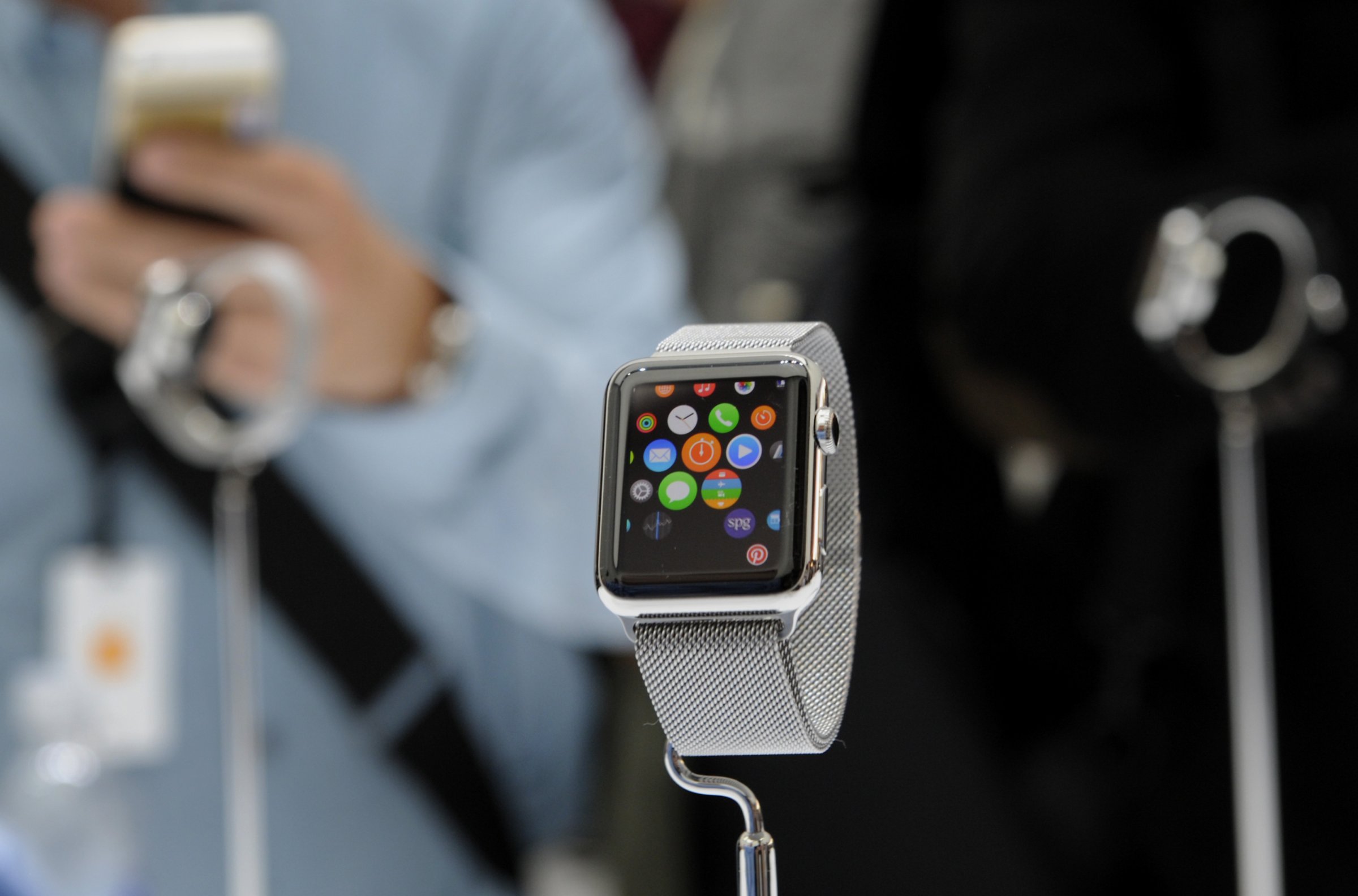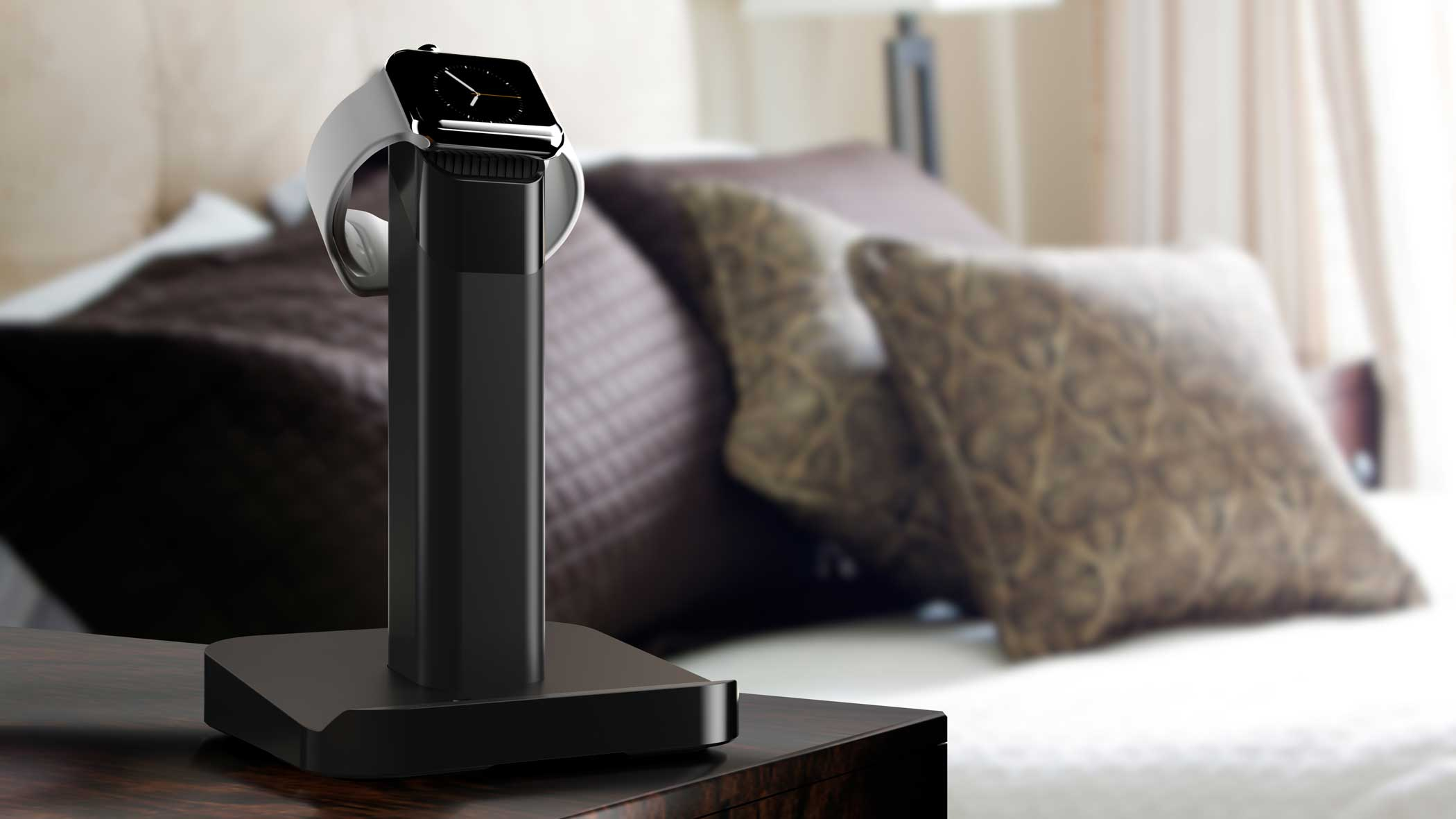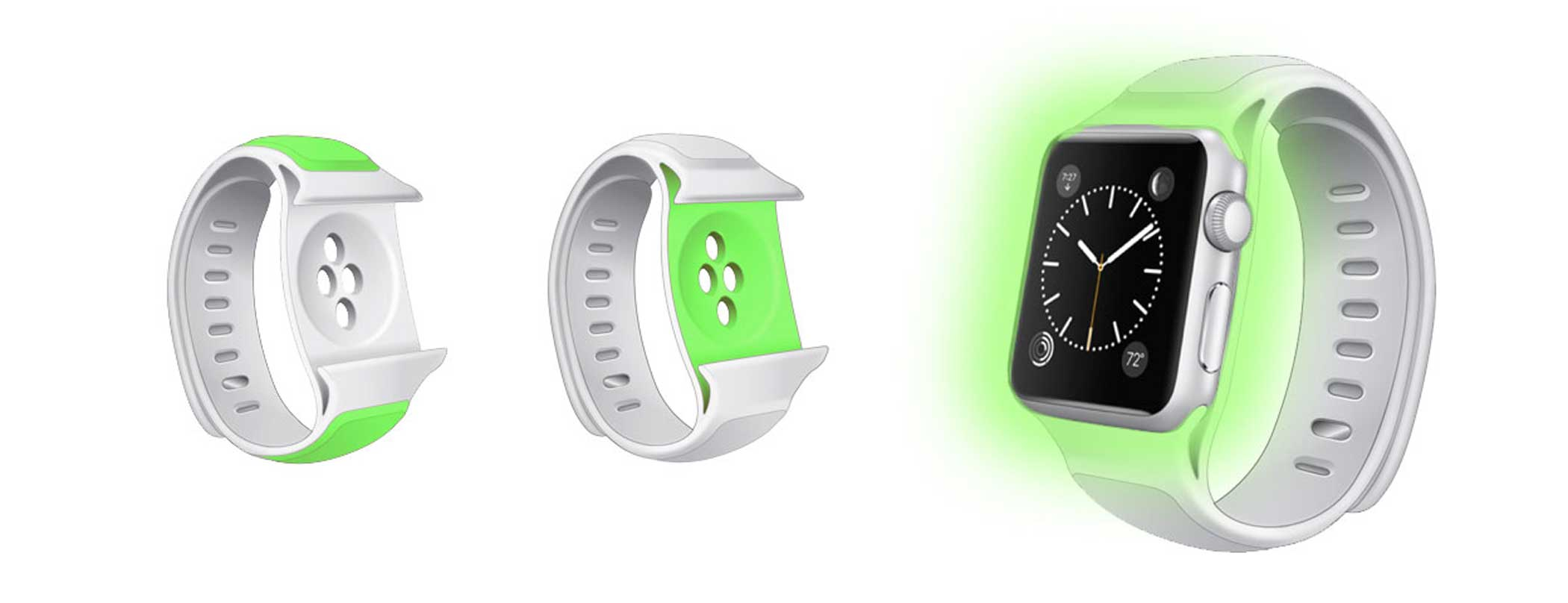
Apple has already disrupted the computer, phone and music industries — and now it’s poised to change the watch industry forever, too.
I’ve had a great interest in watches since my grandmother gave me a Hop Along Cassidy for my fifth birthday. Almost all of my watches have been cheap but functional, save a TAG Heuer I bought for $700 on a trip to Switzerland in the late 1980s. That’s still the most expensive watch I’ve ever owned, and today it holds great sentimental value even though I broke it playing golf a few years ago.
Before whipping out my credit card to spend a fortune on that Swiss watch, though, I worked at a Mountain View, California company that made some of the first LED watches in the 1970s. Those devices preceded the birth of digital timepieces, which posed a significant threat to traditional watchmakers: By the early 1980s, the market was flooded with cheap digital watches coming from Asia, forcing some European watchmakers to join the digital era. But there was much resistance, and even today brands like Rolex, Breitling and TAG Heuer make analog watches that appeal to the upper crust — evidence there will always be a demand for high-end watches purchased for their style over their utility.
When Apple introduced the Apple Watch last fall, I started asking people in the high-end watch world if they viewed the device as a threat. Surprisingly, many told me that the Apple Watch could very well redefine what a “watch” is and does. The same people pointed out that high-end watch brands are already responding to the Apple Watch before it even hits store shelves, moves evidenced by TAG Heuer’s announcement it’s making a smartwatch along with Google and Intel.
The Apple Watch won’t force high-end watchmakers to change course entirely, as the jewelry aspect of their business will always have appeal and lasting value. But talking to those in the watch world gave me a real sense that the Apple Watch is a game-changer. When digital watches flooded the scene, they were easily copied, explaining why the 1980s-era transition from analog to digital happened so fast. But Apple’s approach — they own the hardware, software and services — will be nearly impossible for watchmakers to replicate. Devices like the TAG Heuer/Google watch that run Android Wear will continue to try to compete, but from what I’ve seen from Apple, the Cupertino giant could have an edge for at least a year or two, if not more.
What Apple is ultimately bringing to the watch market is a redefinition of what a watch is — the watch folks use the term “wrist computer.” And because it’s a platform for apps, the Apple Watch can be many things to many people, not just an aviator’s watch or a diver’s watch. Traditional watchmakers understand this. While the basic concept of the watch won’t change, it’s clear that the Apple Watch, which analysts expect to sell between 22-24 million units in the first year on average, will cause a massive shift in the watch industry.
These Apple Watch Accessories Might Be Cooler Than the Apple Watch Itself






Tim Bajarin is recognized as one of the leading industry consultants, analysts and futurists, covering the field of personal computers and consumer technology. Mr. Bajarin is the President of Creative Strategies, Inc and has been with the company since 1981, where he has served as a consultant providing analysis to most of the leading hardware and software vendors in the industry.
More Must-Reads from TIME
- Cybersecurity Experts Are Sounding the Alarm on DOGE
- Meet the 2025 Women of the Year
- The Harsh Truth About Disability Inclusion
- Why Do More Young Adults Have Cancer?
- Colman Domingo Leads With Radical Love
- How to Get Better at Doing Things Alone
- Michelle Zauner Stares Down the Darkness
Contact us at letters@time.com